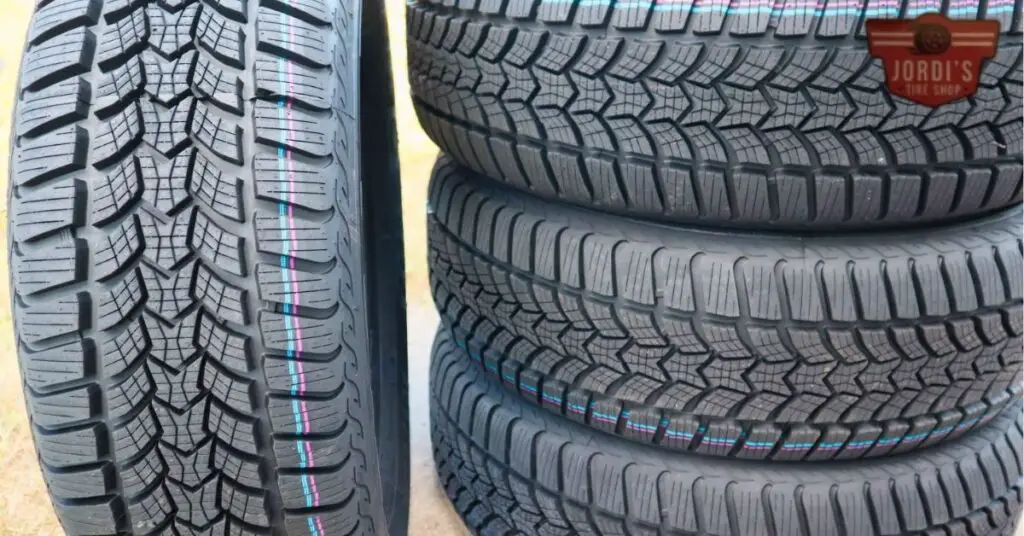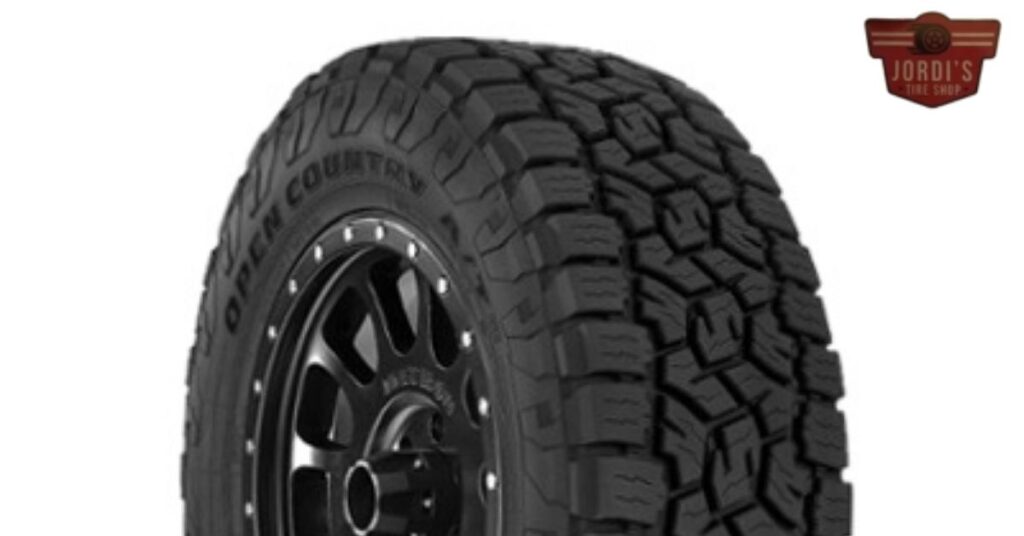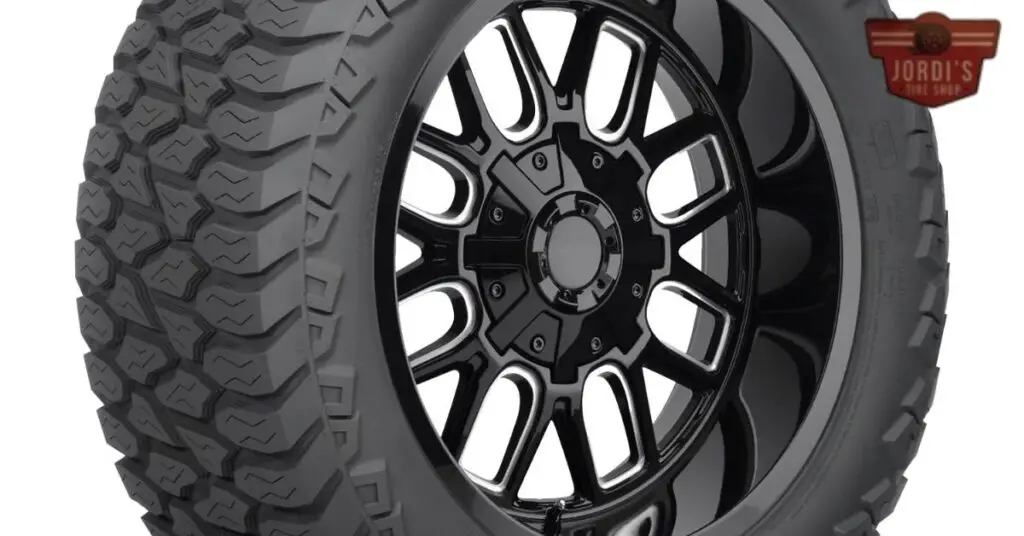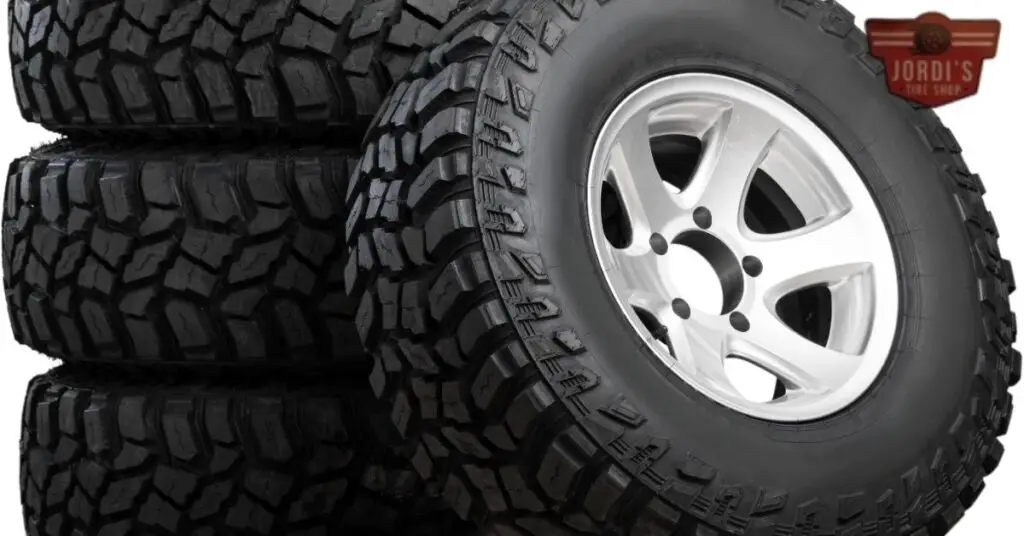You’re probably wondering, “What does ‘305 55 r20’ even mean?” and “How does it translate to inches?” Well, you’re in the right place to unravel this mystery. This alphanumeric code isn’t as cryptic as it seems. It’s simply a standardized tire size notation used globally.
Understanding your tire’s size is crucial. It impacts your vehicle’s performance, fuel efficiency, and safety. In this text, we’ll break down the ‘305 55 r20’ tire size, converting it into inches, and explain why it matters. So buckle up, your journey into the industry of tire dimensions is about to begin.
Understanding Tire Measurements

Diving deep into tire measurements, decoding the string of numbers on a tire sidewall unravels the mysteries of size and fit.
The Meaning of 305 55 r20
Comprehending the three-part series “305 55 r20” delivers valuable insight into tire dimensions. First, ‘305’ denotes the width of the tire in millimeters. Translations into inches require a straightforward conversion, providing a width of 12.01 inches.
Secondly, ’55’ is the aspect ratio, a percentage indicating the tire’s height based on its width. With a ratio of 55, the height of a ‘305 55 r20’ tire is 55% of 305 mm, translating to approximately 6.61 inches. Finally, ‘R’ stands for radial construction, with ’20’ signifying the wheel diameter in inches.
How Tire Sizes Are Calculated
Knowing the methodology behind tire size calculation demystifies tire specifications. The width, measured in millimeters, is followed by the aspect ratio. Calculations are done by multiplying the width by the aspect ratio percentage—providing the tire height in millimeters. To convert this number to inches, divide by 25.4, considering that one inch equals approximately 25.4 mm.
For example, a tire labeled ‘305 55 r20’, translates to a width of 12.01 inches (305 mm), a height of 6.61 inches (55% of 305 mm), and it fits on a 20-inch diameter wheel. Getting the hang of these calculations improves your ability to understand tire fitment and performance characteristics, ensuring safer and more efficient driving.
Turning 305 55 r20 into Inches

Handling the complexities of tire size conversion might seem daunting at first. But, an understanding of the decoding process and key measurements offers a straightforward approach.
Procedure for Conversion
Embarking on tire conversion starts with a clear understanding of the formula. Simply put, the sidewall height is determined from the width, a metric given in millimeters. As such, the aspect ratio, represented here as ’55’, illustrates the height as a percentage of the tire’s width. So, for the 305 55 r20 tire, computation would go as follows: 0.55 (represented as 55%) * 305 mm width = 167.75 mm. Converting this millimeter measurement to inches results in nearly 6.61 inches. Summing up, the height of a 305 55 r20 tire is about 6.61 inches.
For the width, conversion is more direct. The figure ‘305’ represents the tire’s width in millimeters. With the conversion rate of 1mm to approximately 0.0394 inches, the width for the 305 55 r20 tire calculates to about 12.01 inches, indicating important width.
Real-industry Measurements
Putting tire size conversion into practical perspective proves beneficial in understanding how the calculated sizes affect real-industry usage. For example, the 305 55 r20 tire, with its width of 12.01 inches, suits vehicles requiring broader tires for stability, like pickup trucks or SUVs. The aspect ratio, while contributing to the tire’s overall height, also plays a role in driving comfort and maneuverability. Hence, the 6.61-inch height derived from the ’55’ aspect ratio on this tire indicates a balance between comfort and response time, ideal for mixed usage, both on and off-road.
Analyzing measurements and conversions allows for a more informed understanding of the roles tire sizes play – from affecting gas mileage to driving comfort and stability. Hence, knowledge about tire conversion isn’t just numbers – it’s understanding the vehicle’s performance at its core.
Comparing 305 55 r20 with Other Tire Sizes
Understanding the tire size “305 55 r20”, proves important when benchmarking it with other available sizes. The comparison brings forth a more precise comprehension of how these dimensions affect vehicle performance and safety. Let’s investigate into some similar tire sizes and the pros and cons of bigger sizes.
Similar Tire Sizes in Inches
Certain tire sizes closely resemble the “305 55 r20” when converted to inches. For instance, “295 60 R20” which translates to approximately 11.61 inches in width and 6.96 inches in height, while “315 50 R20” comes out to around 12.40 inches wide and a height of roughly 6.20 inches. Another notable size is the “285 60 R20”, with an approximate width of 11.22 inches and height around 6.732 inches. Each of these tire sizes has a particular influence on a vehicle’s performance, but they come quite close to the dimensions of “305 55 r20”.
Advantages and Disadvantages of Larger Sizes
Bigger tire sizes, such as the “325 60 r20” or the “335 60 r20”, often comes with certain advantages and drawbacks. Larger tires can tremendously enhance a vehicle’s appearance, making it look more sturdy and dominant. They can also increase the ground clearance, giving off-road vehicles the needed edge when handling rough terrains. But, bigger isn’t always better. Larger tires tend to have a higher rolling resistance, which could result in a decrease in fuel efficiency. Also, these tires may require additional modifications to the vehicle to ensure proper fitment, which can increase maintenance costs. Hence, it’s necessary to weigh the benefits against the potential disadvantages before deciding to upsize your tires.
Usage of 305 55 r20 Tires

This section further explores the application of 305 55 r20 tires, encompassing relevant vehicle types and performance on different terrains.
Suitable Vehicle Types for 305 55 r20
Considering the dimensions of these tires, SUVs and pickup trucks stand as the most appropriate vehicle types. The width of 12.01 inches enhances the vehicle’s stability, proving favourable for these larger vehicles. A comparison adds further clarity: SUVs and trucks running on the narrower “285 60 R20” size may experience compromised stability, not presenting with the 305 55 r20 tire.
Performance vehicles, for instance, may not benefit from the 305 55 r20 tire. Its increased width may impede speed and agility. The size suggests a bias towards stability and safety rather than speed. Hence, compact cars, sedans, and sports cars would likely opt for thinner tire profiles.
Performance on Different Terrain Types
The 305 55 r20 tires shine in versatility, handling both on-road and off-road conditions with commendable performance. The balance between width (12.01 inches) and height (6.61 inches) lends itself to this versatile application.
On paved roads, the width ensures stability and offers a comfortable ride, making these tires ideal for regular city or highway drives.
Off-road, the tire’s sidewall height, an outcome of a 55% aspect ratio, is advantageous. It provides adequate ground clearance for handling obstacles, making them a strong candidate for off-roading enthusiasts. Choosing the 305 55 r20 tire over a substantially narrower option, such as the “285 60 R20,” leads to superior off-road capability.
But, ultra-aggressive terrains may require a more specialized tire. While the 305 55 r20 tackles moderate off-road terrains effectively, very rocky or muddy terrains might necessitate larger tires or those with more aggressive tread patterns.
Buying Guide for 305 55 r20 Tires

Selecting the 305 55 r20 tires for your SUV or pickup involves more than knowing measurements. Look into popular brands and pricing options to help choose the right one.
Popular Brands for 305 55 r20 Tires
When shopping for tires, you’ll want to consider reputable brands, as they’ve shown consistent performance over time. Renowned manufacturers include brands like Goodyear, Michelin, Bridgestone, and Pirelli. Each of these brands offer various tire models under the 305 55 r20 size that cater to different driving needs.
For instance, Goodyear produces the “Wrangler Duratrac” series, designed specifically for rugged terrains, providing advanced off-road traction. On the other hand, Michelin’s “Latitude Tour” series, known for its long-wearing capabilities, offers a more comfortable drive for those using their vehicles on regular paved roads.
Remember, your choice of brand is important as it eventually affects your driving experience. Always select a brand that aligns with your driving needs and vehicle specification.
Pricing and Affordability
Tires constitute a notable investment. Pricing of 305 55 r20 tires can vary according to brand, series, quality of materials, and additional features like treadwear warranty or advanced technologies incorporated. On average, the price range varies from $180 to $350 per tire.
Budget-friendly choices are available, like brands such as Nexen and Falken offering tires under $200. For premium options, giving additional features and extended treadwear warranties, consider brands like Michelin or Bridgestone, with prices often starting from $250.
But, remember to not compromise quality for cost. Prioritize aspects such as comfort, durability, and safety when considering your budget.
Conclusion
You’ve now got a solid grasp on the 305 55 r20 tire size. You know it’s a wide tire, suitable for SUVs and pickup trucks, offering a balance of comfort and performance for both on-road and off-road driving. You’re aware of the need to convert tire sizes from metric to imperial measurements, and you understand how the dimensions of this tire size affect vehicle performance and safety. You’ve also learned that while larger tires can enhance your vehicle’s aesthetics and ground clearance, they may increase rolling resistance and potentially raise maintenance costs.
You’ve seen how the 305 55 r20 tire stacks up against similar sizes, and you’ve got a handle on the practical implications of these measurements. You’re ready to make informed decisions about tire fitment and performance, ensuring safer, more efficient driving. You’ve also got a buying guide at your disposal, helping you select the best tire based on quality, comfort, durability, and safety. So go ahead, choose the right tire for your vehicle and enjoy the ride.
What does the tire size “305 55 r20” mean?
The “305” in the “305 55 r20” tire size denotes the width in millimeters, while “55” represents the height as a percentage of the width. The letter “R” signifies the tire’s radial construction, and “20” indicates the wheel’s diameter in inches.
How are tire sizes calculated?
Tire size calculation involves determining the width, aspect ratio, and wheel diameter. For instance, to calculate the height of the “305 55 r20” tire, multiply the aspect ratio by the width, then convert that from millimeters to inches.
What type of vehicles is the “305 55 r20” tire suitable for?
The “305 55 r20” tire size is suitable for SUVs and pickup trucks, providing on-road comfort and adequate off-road driving performance. However, for performance vehicles that prioritize speed and agility, these tires may not be ideal.
What are some considerations when comparing tire sizes?
When comparing tire sizes, consider how the tire’s dimensions influence vehicle performance and safety. Larger tire sizes can enhance appearance and ground clearance, but they may increase rolling resistance, decrease fuel efficiency, and lead to potential fitment issues.
What are some reputable brands for the “305 55 r20” tire?
Goodyear, Michelin, Bridgestone, and Pirelli are reputable brands for the “305 55 r20” tire. They offer various models that cater to different driving needs.
How much do “305 55 r20” tires typically cost?
The cost of “305 55 r20” tires typically ranges from $180 to $350, depending on the brand and features. When selecting tires, consider quality, comfort, durability, and safety over cost.
Related Posts:
- Demystifying Tire Sizes: Understanding the 265 60R20 Size in Inches
- Cracking the Code: Understanding the 305 55 R20 Tire Size in Inches
- Decoding the 295 55 R20 Tire Size: A Comprehensive Guide to Tire Dimensions in Inches
- Deciphering Your Tires: Unpacking the 265 50r20 Dimensions in Inches
- Decoding Tire Sizes: Unveiling the Measurements of 275 40r20 Tire in Inches
- Decoding 255 50r20 Tire Size: A Comprehensive Guide to inch conversions and optimal use
- Unlocking the Potential of 295 60r20 Tires: The Ultimate Guide for US Drivers
- Unraveling the Mystery: Understanding the ‘255 55R20’ Tire Size in Inches
- Decoding Tire Sizes: Unraveling the ‘275 45r20’ Dimensions in Inches
- Decoding 305 50r20 Tire Size: Converting Millimeters to Inches for Safer and Better Performance






